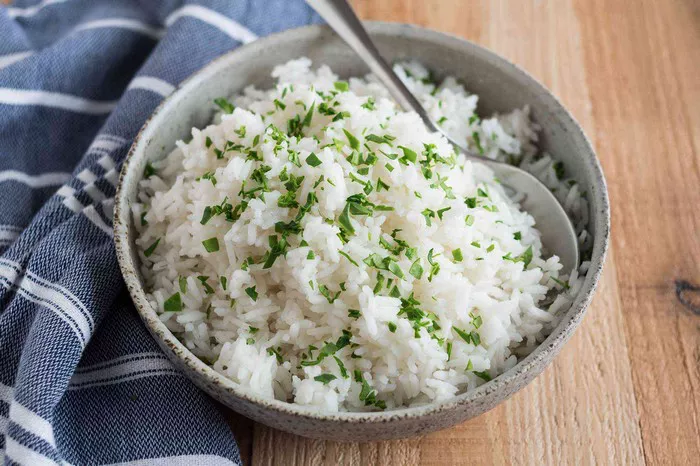In the fight against diabetes, those with vision and hearing impairments are calling for more inclusive technology and resources. Despite advancements in diabetes care, a recent ADA 2024 conference highlighted the ongoing struggle for accessibility among these communities.
A 2022 Health Affairs study found that individuals who are deaf, partially deaf, blind, or have low vision are often excluded from clinical research, a trend that exacerbates their exclusion from effective diabetes care. Michelle Litchman, medical director of the Intensive Diabetes Education and Support Program at the University of Utah, advocates for their inclusion in product development. “We need to involve these communities from the beginning,” Litchman stated, highlighting that many diabetes devices lack the necessary modifications for their use.
Communication Barriers:
Ryan Layton, a deaf individual with type 1 diabetes, recounted the challenges he faced at diagnosis. There were no peer support groups, minimal resources, and few educational videos in American Sign Language (ASL). Now the CFO at Access Simplified, Layton works to make organizational messaging accessible for the deaf or hard of hearing, surpassing the accuracy of live transcription.
Layton emphasized the importance of accessible communication, noting that many deaf or hard-of-hearing individuals struggle with English captions on medical videos. “When I was diagnosed, the videos with captions left me doubting my understanding. We need information in ASL,” he said.
A review conducted by Litchman found a scarcity of professional diabetes videos in ASL, with most being produced by students or featuring questionable quality. The lack of interpreters and accessible educational materials compounds the difficulties for these communities.
Technological Hurdles:
Allyson Hughes, a professor of primary care at Ohio University with type 1 diabetes and vision loss, discussed the obstacles in using diabetes technology. Her insulin pump’s touchscreen commands, devoid of tactile buttons, are particularly challenging. “It’s very difficult to understand how much insulin you’re getting or to use various modes,” Hughes explained. She is now part of a task force advocating for better accessibility in diabetes tech.
Hughes shared an anecdote from her research, quoting a participant: “Blindness is more than one person should ever have to deal with. And now I don’t get to eat what I love. Some days, I don’t know whether it’s harder to be blind or diabetic.”
Chelcie Rice, another visually impaired individual with type 1 diabetes, recounted his delayed retinopathy diagnosis due to insurance issues, which led to severe vision loss. He uses his experiences to raise awareness about the challenges of managing diabetes with vision impairment, urging for technology that can accommodate different visual needs.
Innovative Solutions:
Lichtman suggests that technologies like speech-to-text and remote interpreters can significantly aid those who are deaf or hard of hearing. Additionally, insulin pumps and continuous glucose monitors (CGMs) need visual alarms. Testing these features with the intended users can ensure their effectiveness, such as verifying the strength of a vibration alert for blood sugar changes.
Layton’s community advisory board tested the SugarPixel, a large-display device for monitoring blood glucose, and praised its accessible design. They recommended adding ports for additional alert accessories to enhance usability further.
Rice humorously pointed out the inadequacy of current designs: “We can put a man on the moon. Why can’t we increase the font size?”
As advocates push for more inclusive diabetes technology, the call for better design and communication tools remains strong. Ensuring these communities are part of the conversation from the start could lead to significant improvements in diabetes care for all.
Related topics:
Experts Advise on Early-Risk Monitoring for Type 1 Diabetes
Study Reveals Link Between BPA in Plastic Bottles and Increased Type 2 Diabetes Risk
City of Hope Unveils Cutting-Edge Diabetes Research at ADA Conference

























